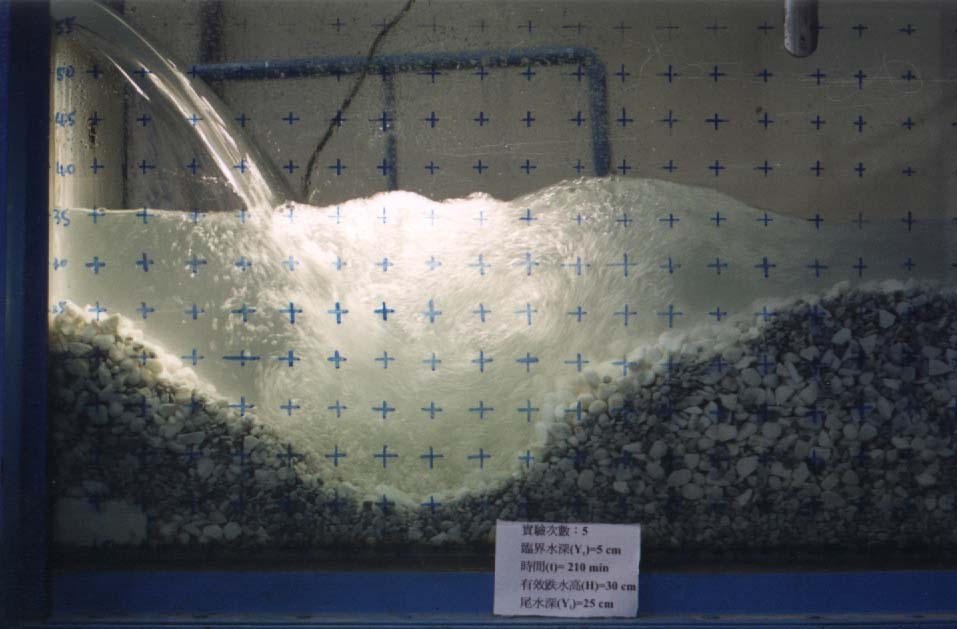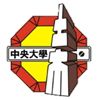The research group in Water Resource Engineering Division is closely integrated with Institute of Environmental Engineering, and Center for Space Science and Remote Sensing of National Central University. The topics of both field of hydrology and hydraulics/coastal engineering are aimed to explore environmental hydraulic problems as well as waterquality issues. years to finish 18 hour course credits and a high-quality dissertation before graduation. The annual quota of admission is set as 12 for the master program and less than 3 for the Ph.D program.
Courses
Environmental Fluid Mechnics
Water Resources Planning
Water Resources Engineering
Non-point Source Modeling
Fluid Dynamics
Water Resources System Engineering
Laboratory and Facility
Environmental Wind Tunnel Laboratory :
The Environmental Wind Tunnel of NCU is an open-circuit, low-speed wind tunnel designed to simulate the atmospheric boundary layer flows in which many engineering problems occur. For example, air pollution in urban areas, effects of buildings on pedestrian wind, and wind load on high-rise buildings and suspension bridges all can be studied in this wind tunnel. Due to the fact that the atmospheric boundary layer is usually much higher than the building immersed in it, the simulated boundary layer in the wind tunnel must be quite deep (the test section should therefore be quite large) in order for the model building to be of a reasonable size.
Fluid Mechanics Laboratory :
The Environmental Fluid Mechanics Laboratory (EFML) of Department of Civil Engineering, National Central University was established in 1993. It has a large-scale stratified water flume, a tilting water channel, and a sand tank. Video-image processing system, hot-wire anemometer, and data acquistion system are also available in this laboratory.


